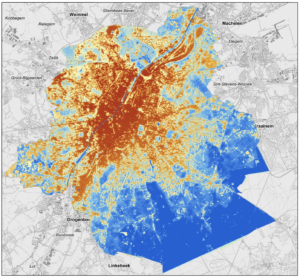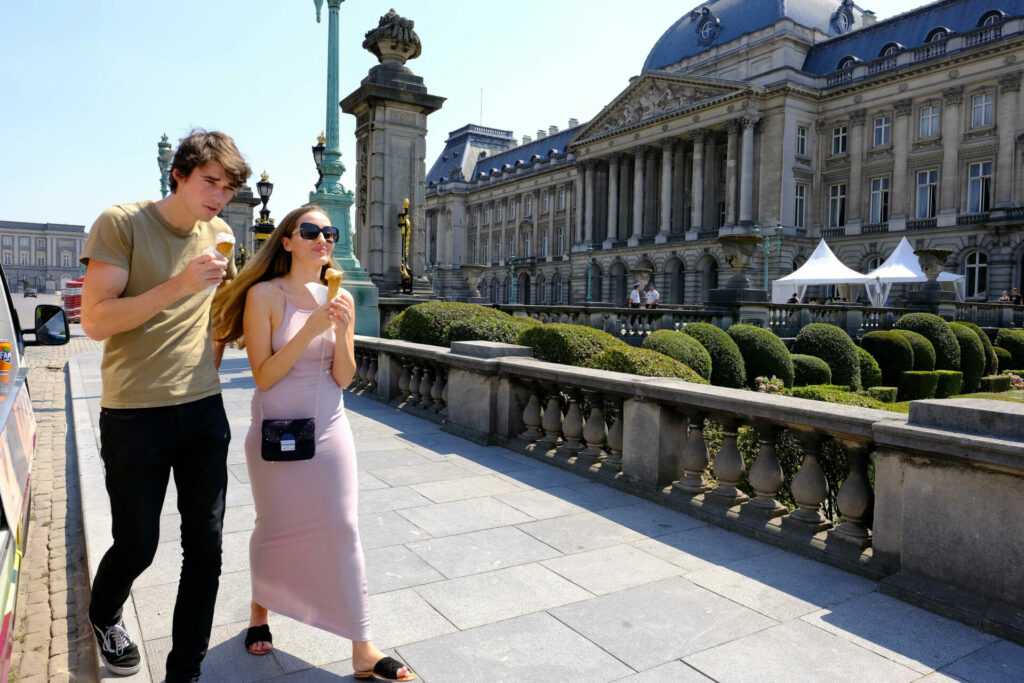Urban centres are often transformed during heat waves into concrete ovens, with buildings and roads multiplying the discomfort of city dwellers and reducing the air quality in comparison to the countryside.
In the countryside, vegetation uses the sun and soil water for photosynthesis and then returns the water drawn from the soil to the atmosphere. At night, this "evapotranspiration" stops.
But in the city, largely impermeable surfaces store solar energy. And during the night, these buildings, asphalt roads and sidewalks release the accumulated heat into the air.
As a result, it is often warmer in a city than on the outskirts, with even greater differences during heat waves and at night, which can be up to several degrees higher than in the surrounding countryside.
Danger of urban heat centres
These city cookers are known as "urban heat islands" but these develop phenomena known as "urban overheating" when the thermal discomfort of the inhabitants is factored in. This can lead to major health problems.
According to Ademe's, the French Environment and Energy Management Agency, report ‘Cooling Cities,’ "the situation of city dwellers subjected to these extreme conditions can lead to heat stroke and dehydration until the death of the most fragile people."

Map displaying the hottest zones in Brussels-Capital Region. Blue represents the coldest regions while red indicates the hottest. Credit: Brussels Environment
The factors favouring these urban "heat bubbles" include dark surfaces that absorb heat and not enough vegetation among others. While air conditioning cools those who can afford it, it warms the outside air by its discharges, contributing to the problem.
The issue of urban cooling is still a recent but crucial area of research as heat waves multiply and intensify with global warming.
Multitude of solutions
Solutions exist to burst these heat bubbles, as Ademe notes in its report presenting 19 types of "emerging or proven" measures from which cities can draw.
First, solutions based on nature, in short vegetation and water, such as the development of parks and green facades
Among the "grey" solutions, Ademe highlights "bioclimatic" urban forms that allow better air circulation: watering of urban space, shading structures, solar panels to replace surfaces that store heat or draining coatings, and the insulation of buildings.
The last track mentioned is the "soft" solutions linked to the use of the city, such as the reduction of road traffic or the limitation of air conditioning.
Related News
- Mercury set to rise as heatwave hits Belgium this week
- Why Brussels is warmer than the surrounding countryside
- Belgium activates ozone and heat plan due to extreme temperatures
But beware, "no solution alone can solve the problem of urban overheating," the report warns suggesting a combination of several solutions. "It is important to take into consideration that some solutions are not compatible or even cancel each other out, while others will act in synergy."
The different solutions will have a different effect, whether that is the global refreshment of the city of pedestrian comfort. This must be considered when choosing solutions.

